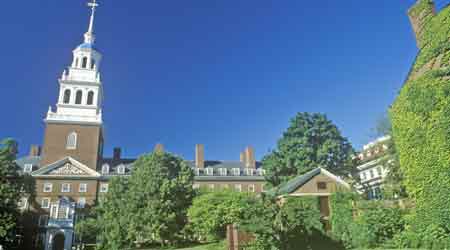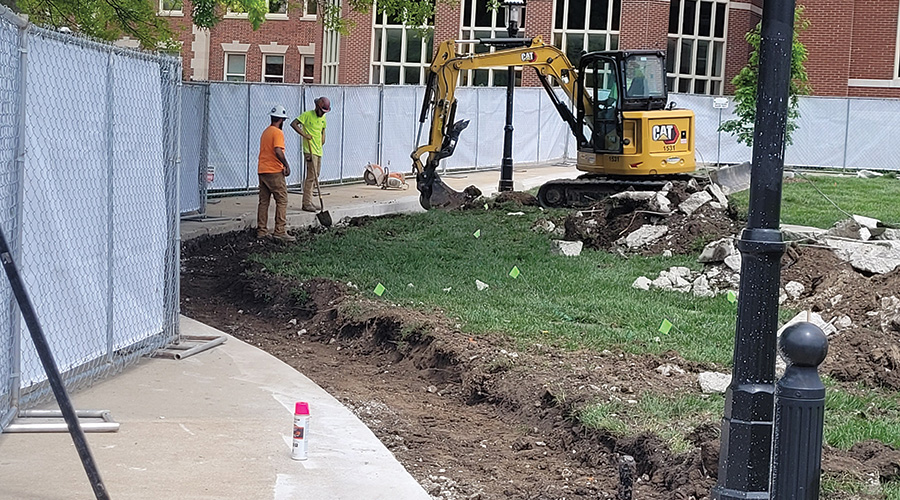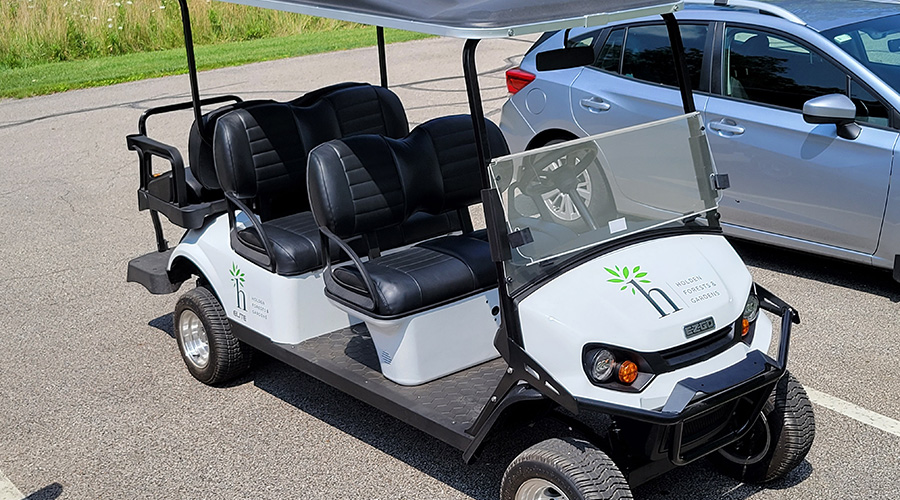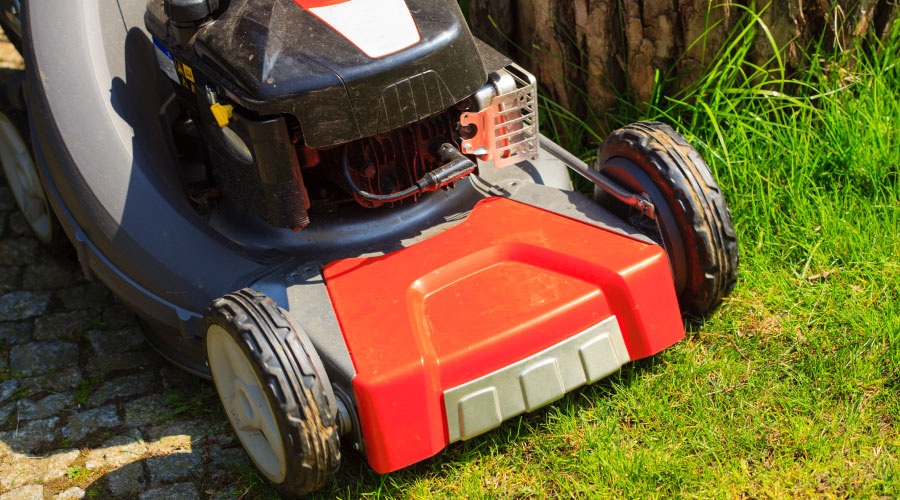Sustainable Landscapes: Native Plants Trending
Part 3 of a 3-part article on sustainable landscapes

Image by: Joseph Sohm / Shutterstock.com
Selecting grasses, flowers, and native plants that require less water and upkeep will help decrease overall maintenance costs while also promoting a healthier landscape. Managers must consider a series of factors when selecting these materials. First, managers need to select vegetation that is less susceptible to disease. Pests, in particular, can be major threats when it comes to sustaining an attractive landscape. Talking to a contractor to identify vegetation that is less vulnerable to bugs will mitigate that risk.
Geographic location is another important factor in choosing the most appropriate vegetation. In seasonal markets, managers should select foliage that can survive during dormant seasons. In non-seasonal markets — including Georgia, Florida, Texas, and Alabama — managers must consider variables, such as the ability of vegetation to sustain extremely high temperatures or an unexpected freeze or drought.
Likewise, because grass is one of the most common landscape features and requires the most upkeep, it is critical that managers understand the maintenance of a particular species before making a decision. For instance, different types of grass perform better or worse depending on the region — costal, humid, dry, cool, etc. Managers also need to be aware of such factors as soil type, sun exposure, wear resistance for high-traffic areas, and drought resistance. These factors all are important in controlling the cost and the overall health of the landscape.
The same concept holds true for flower selection. Flowers can be expensive, so choosing varieties that a landscape cannot support means replacing them more frequently, leading to increased costs. To select the most appropriate flowers, managers can work with a contractor to identify the appropriate species for their property.
Introducing native plants into a landscape also can save money and enhance its sustainability. Because they are indigenous to an area, they do not require as much water, aside from the typical rainfall, or as many pesticides. Native plants also do not require fertilizer, and they can reduce air pollution.
Maintaining a healthy, attractive landscape might seem like a great deal of time and resources, but if grounds managers can choose the most appropriate equipment and vegetation for their property from the beginning, they also will be able to enhance its sustainability and deliver long-term performance.
Mike Fitzpatrick is vice president of U.S. Lawns — www.uslawns.com — which has about 260 franchise locations nationwide. He has more than 30 years of experience in the green industry.
Related Topics:














